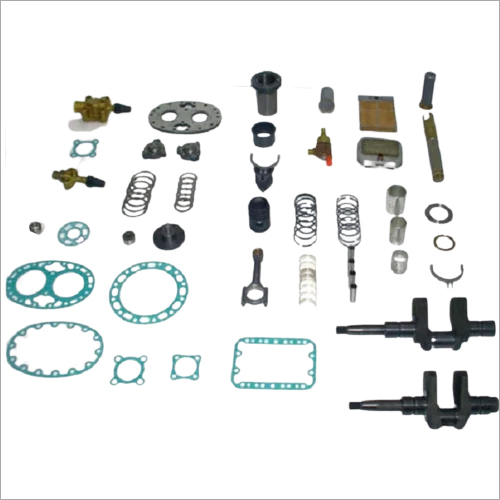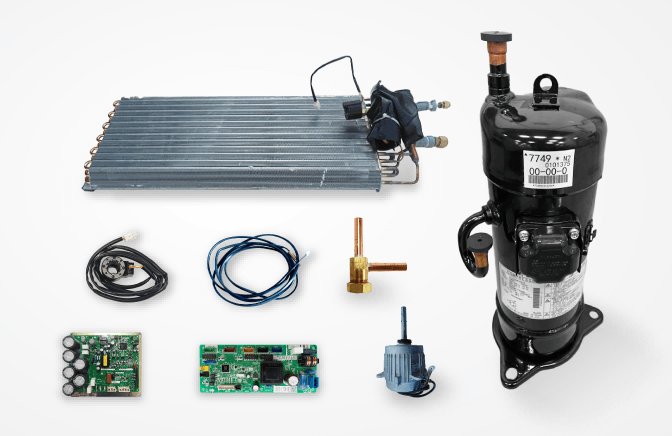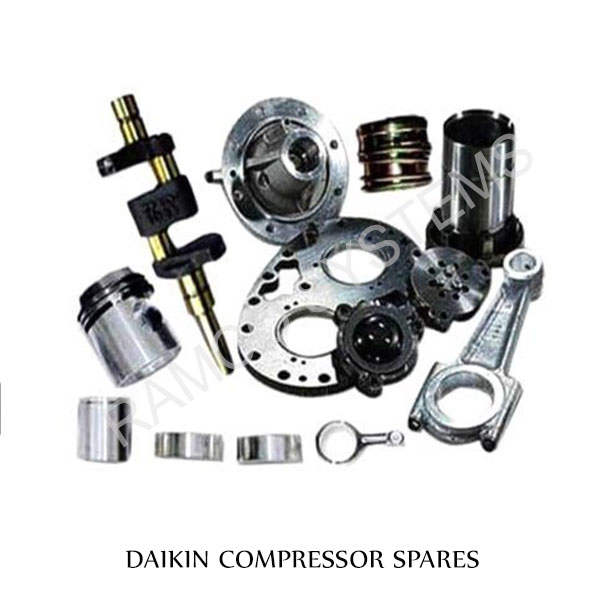Daikin Spare Parts Price List India

Urgent concerns are mounting across India regarding dramatic price increases in Daikin spare parts. Customers and service providers are reporting significant cost hikes, impacting repair affordability and potentially disrupting the air conditioning market.
The surge in Daikin spare parts prices is creating immediate challenges for consumers needing repairs and maintenance. This situation necessitates a closer examination of the factors driving these increases and the potential consequences for the Indian market.
Impact on Consumers and Service Providers
Reports from various cities, including Delhi, Mumbai, and Bangalore, indicate that the price of essential Daikin spare parts has risen sharply in recent weeks. Common components such as compressors, PCBs (Printed Circuit Boards), and fan motors have seen increases ranging from 20% to over 50%.
“We’re seeing costs that are simply unsustainable,” says Rajesh Kumar, a Daikin service technician based in Chennai. “A compressor that cost ₹8,000 last year is now priced at ₹12,000 or more. This makes repairs unaffordable for many customers.”
The increased costs are also impacting the profitability of independent service providers who rely on Daikin spare parts. Some businesses are considering using alternative, potentially lower-quality parts to remain competitive.
Factors Driving the Price Hikes
While Daikin India has not issued an official statement explaining the price increases, industry experts point to several possible contributing factors. These include rising raw material costs, supply chain disruptions caused by global events, and fluctuations in currency exchange rates.
Increased import duties on electronic components could also be playing a role. Furthermore, some speculate that Daikin may be adjusting its pricing strategy to improve profit margins in the Indian market.
However, the lack of transparency from Daikin is fueling speculation and adding to the frustration among consumers and service professionals.
Potential Consequences
The higher prices for spare parts could lead to several negative consequences. Customers may delay necessary repairs, leading to further damage to their air conditioning units.
Demand for new Daikin units might also decline as consumers opt for more affordable brands with cheaper repair options. The long-term impact on Daikin’s market share in India remains to be seen.
“The current situation is unsustainable. Daikin needs to address this issue urgently and provide clarity on its pricing policies,” states a representative from the All India Air Conditioning and Refrigeration Association (AIACRA).
Daikin India's Response (or Lack Thereof)
As of the time of this report, Daikin India has not publicly addressed the concerns regarding the price increases. Attempts to contact Daikin India’s customer service and media relations departments have been met with silence or non-committal responses.
This lack of communication is exacerbating the problem and damaging Daikin’s reputation among its Indian customer base. Prompt and transparent communication is crucial to restoring trust and mitigating the negative impact of the price hikes.
Without a clear explanation and potential solutions, consumers and service providers are left to grapple with the financial burden of these rising costs.
Next Steps and Ongoing Developments
AIACRA is reportedly planning to formally request a meeting with Daikin India representatives to discuss the issue. The association intends to present evidence of the price increases and advocate for a more equitable pricing strategy.
Consumers are advised to compare prices from multiple suppliers before purchasing Daikin spare parts. Exploring alternative repair options or considering extended warranties may also be prudent.
This situation warrants close monitoring, and updates will be provided as new information becomes available. The long-term effects of these price increases on the Indian air conditioning market are still unfolding.

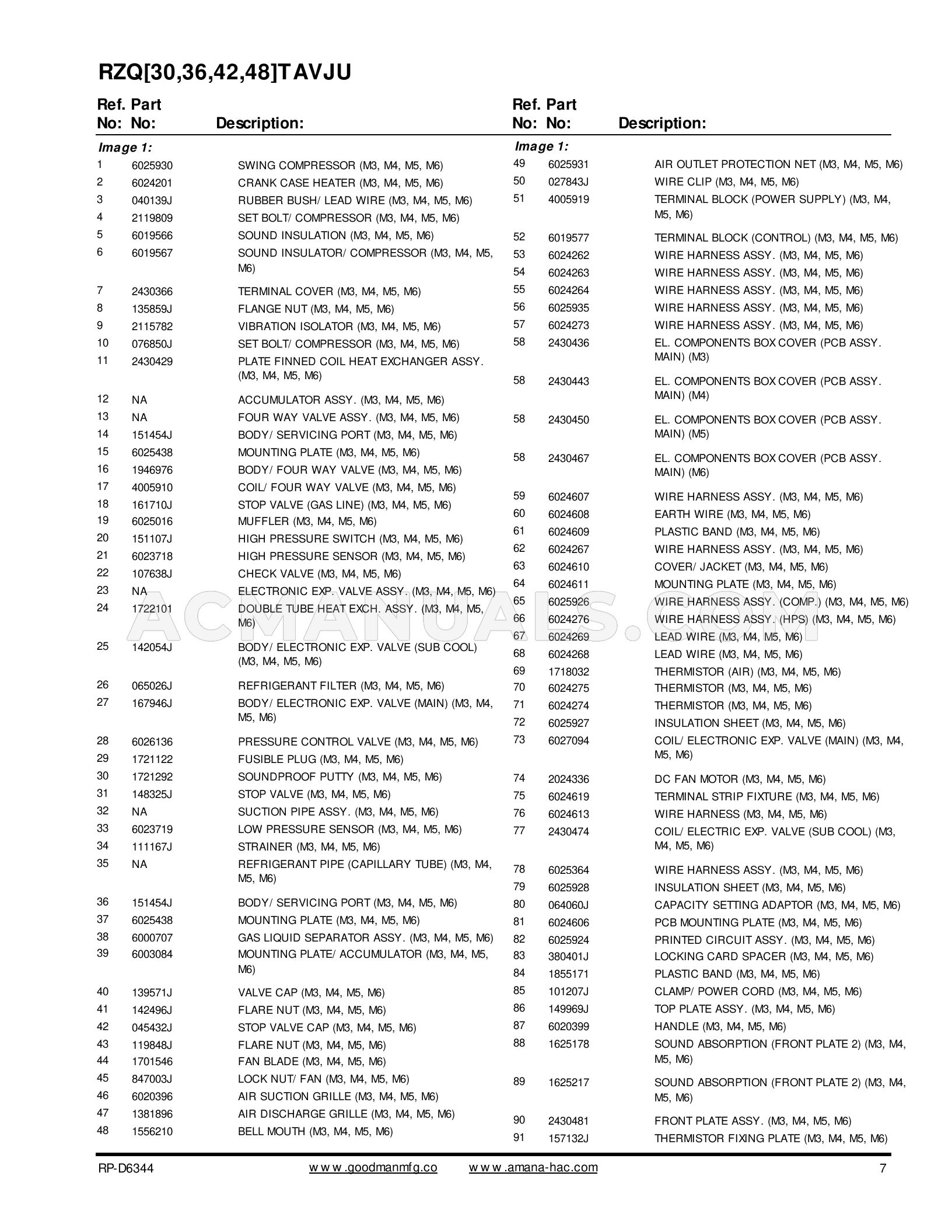

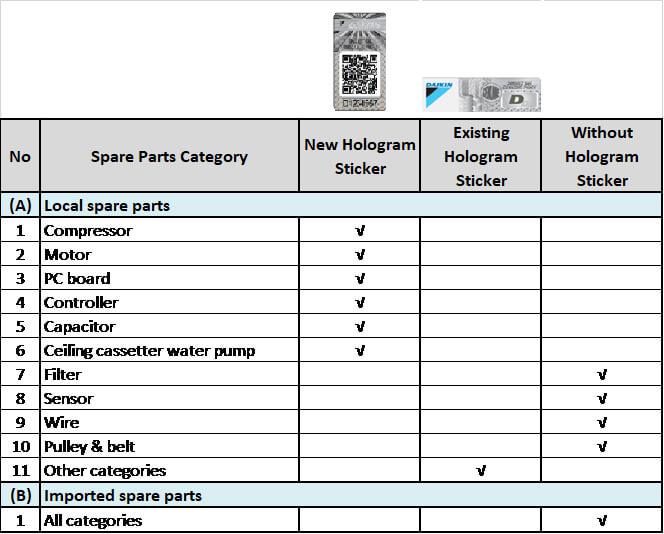




-16701-p.jpg?v=4CECE6D9-9DB6-4C40-B7A0-3C39A2ACEFF6)
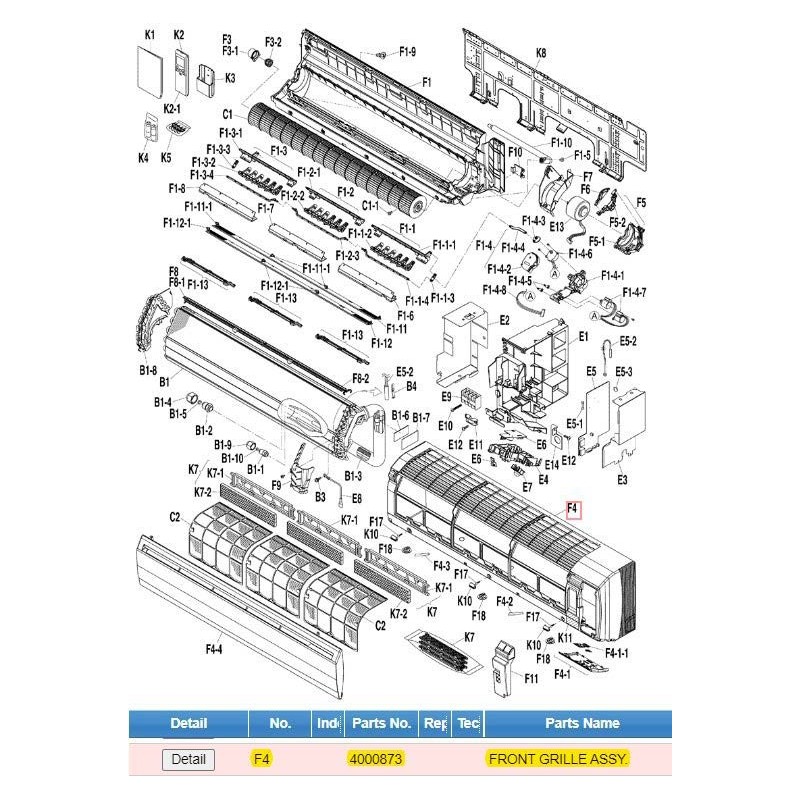

_1.jpg)

